Melting the Ice – With the Environment in Mind
Posted on January 3, 2011 by SDG
Posted on January 3, 2011 by SDG
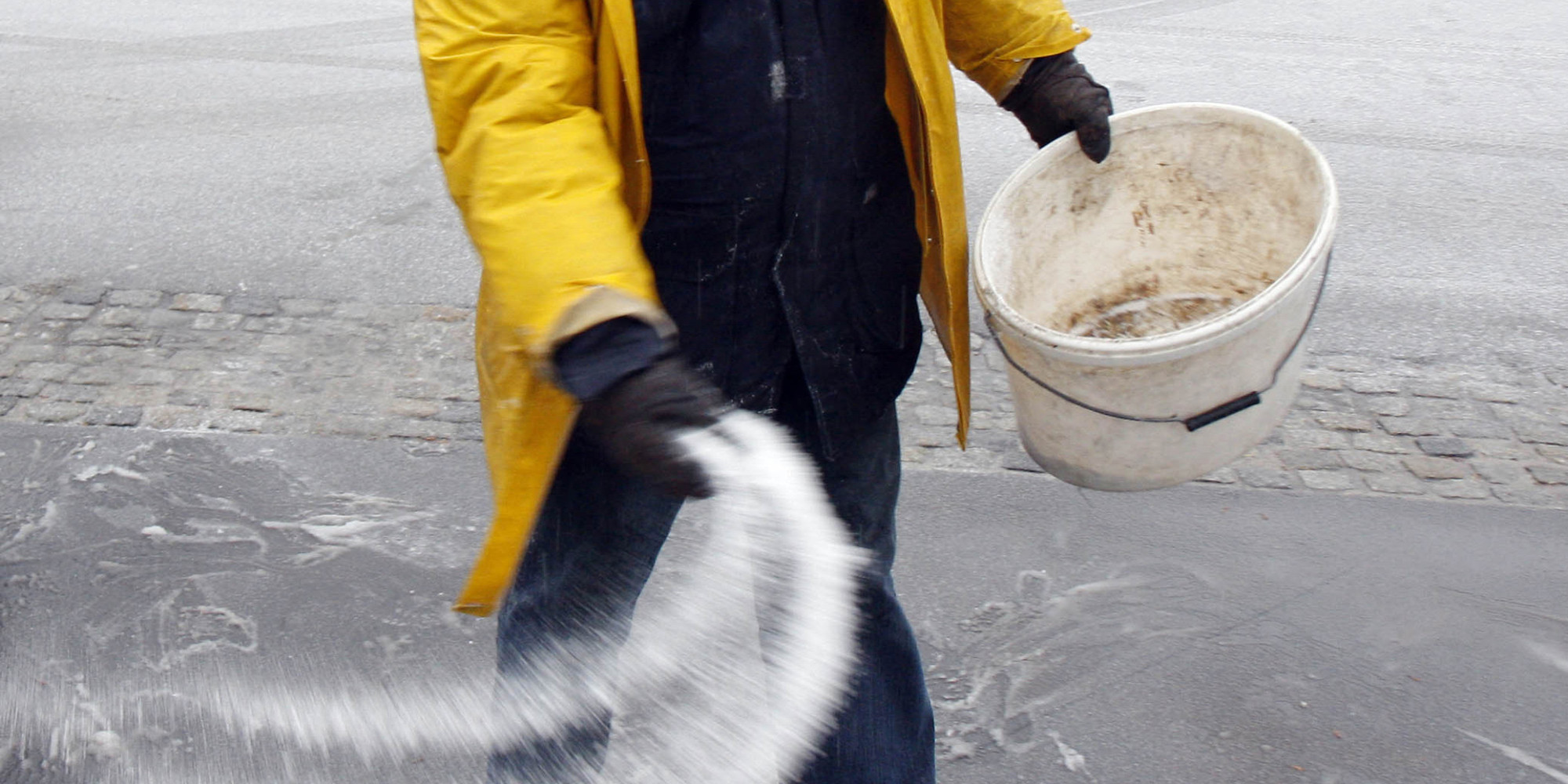
Keeping your driveway and walkways free of ice is a continuous task if you live in New England.
There are many products on the market today that will do the job but their prices vary considerably. Availability always becomes an issue when a big storm is approaching. What is the difference between these products?
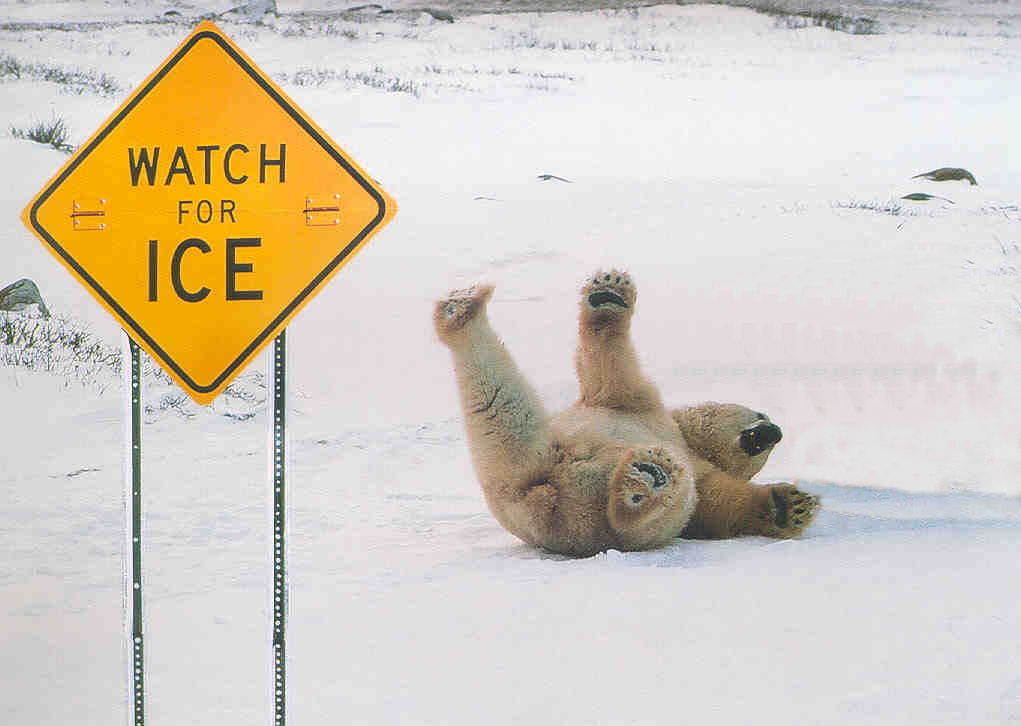
Some de-icing agents can be harmful to plants, animals, and even concrete. Here are some things you should know before you stock up at the local hardware store:
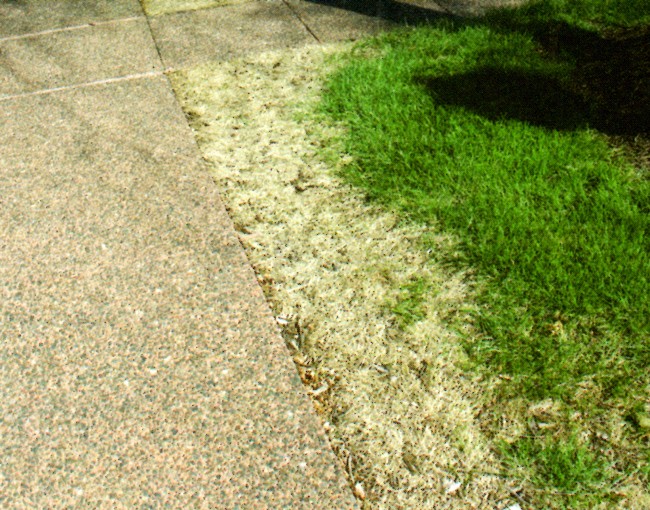
Have you ever noticed in the Spring that your lawn and plants near your driveway and walkways are burnt? This can happen if you use too much salt. Similarly, this can also happen when you use too much fertilizer. Excessive application of deicers and fertilizers will impede the plants ability to absorb water and nutrients. This causes your plants to burn.
One way of preventing this is to cover your vulnerable plants with burlap. This, however, does not protect the roots of the plants. A better way to prevent salt damage is to use chemicals that are less harmful.
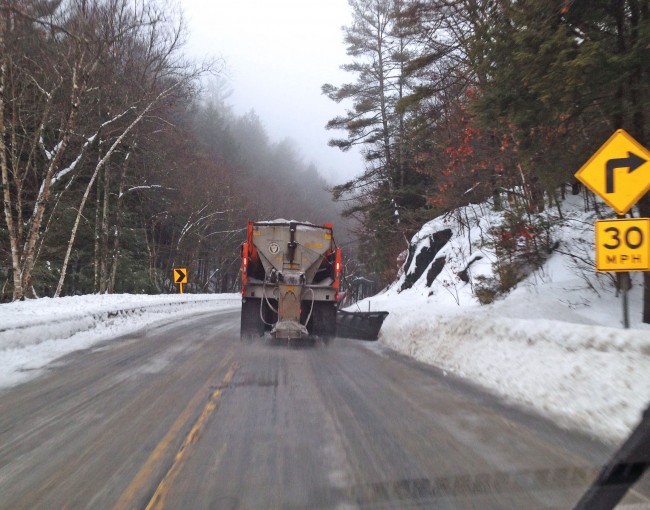
There are five commonly used chemicals in deicing products: Calcium Chloride, Sodium Chloride, Potassium Chloride, Urea, and Calcium Magnesium Acetate (CMA). Sodium Chloride, commonly referred to as Rock Salt, is one of the cheaper and more available chemicals. It not only is damaging to your lawn and plants, it is corrosive to metal and concrete.
In areas adjacent to public roadways, your plants will be exposed to salt spray. Some plant species and varieties are more tolerant to salt spray than others.
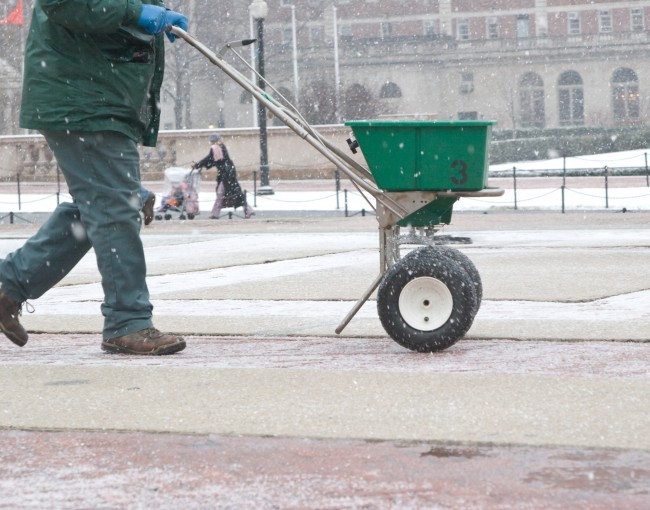
When purchasing deicing chemicals this season, look for deicing chemicals that are less harmful to your landscape. Calcium Magnesium Acetate (CMA) is a salt-free deicer. It has little impact on plants, animals, and concrete. Because of this, it is a great alternative over salt in environmentally sensitive areas.
When applying deicing chemicals, you may be using too much. The best practice for using deicing chemicals is called “undercutting.” When deicing chemicals are applied to ice, they melt down through the ice and spread out underneath. This breaks the bond between the ground and the ice so that it can be easily removed.
The shape of deicing chemicals plays a big role in its ability to penetrate the ice. Spherical pellets penetrate more effectively than flakes. Therefore, you can use less chemicals to complete the task.
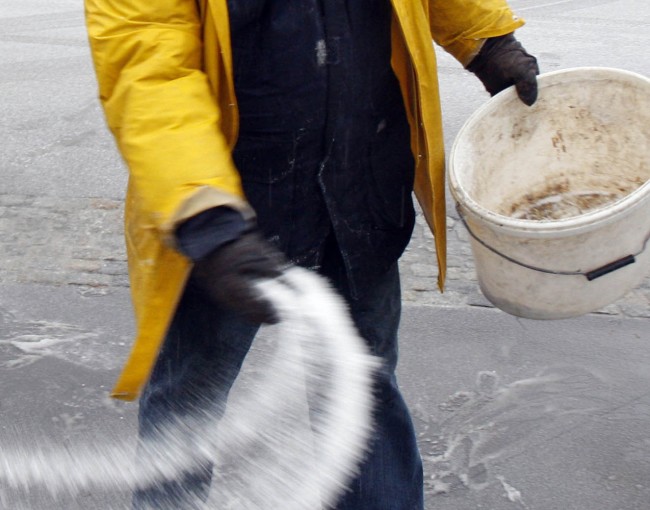
Buying better deicing agents and using less of it is the best practice to protect your landscape while keeping your driveway and walkways safe.
Reference: Winter Deicing Agents for the Homeowner